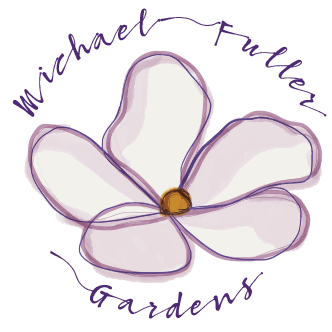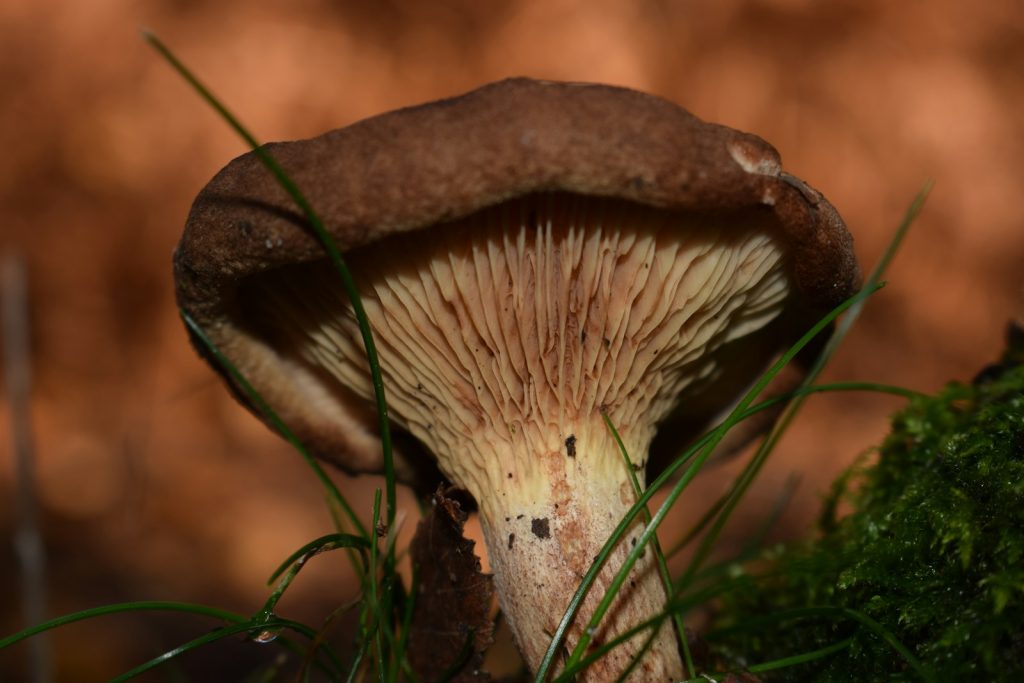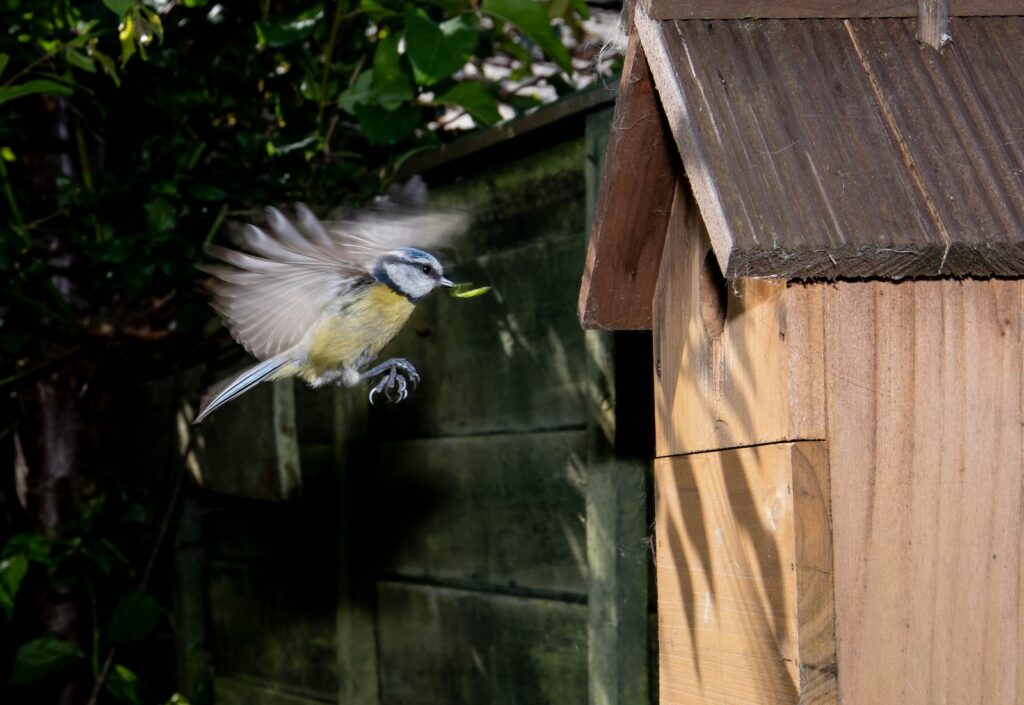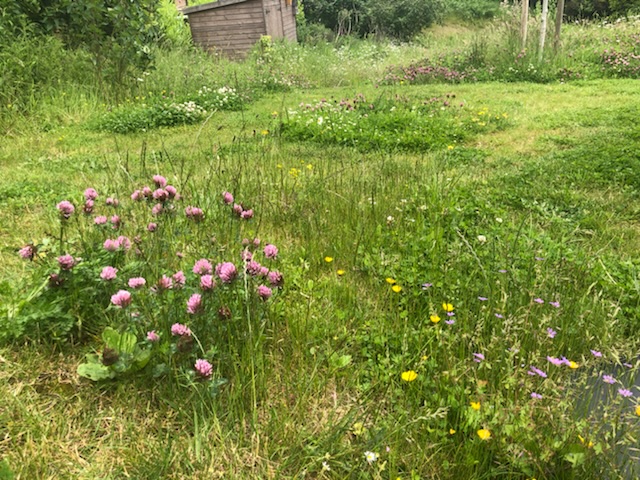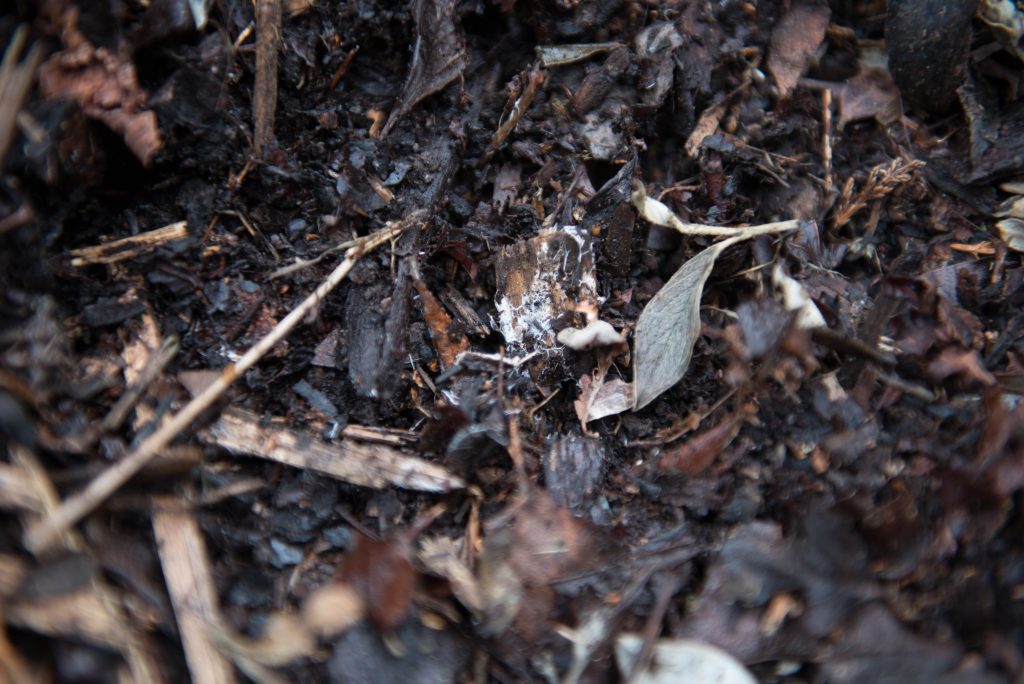Rain in the Garden
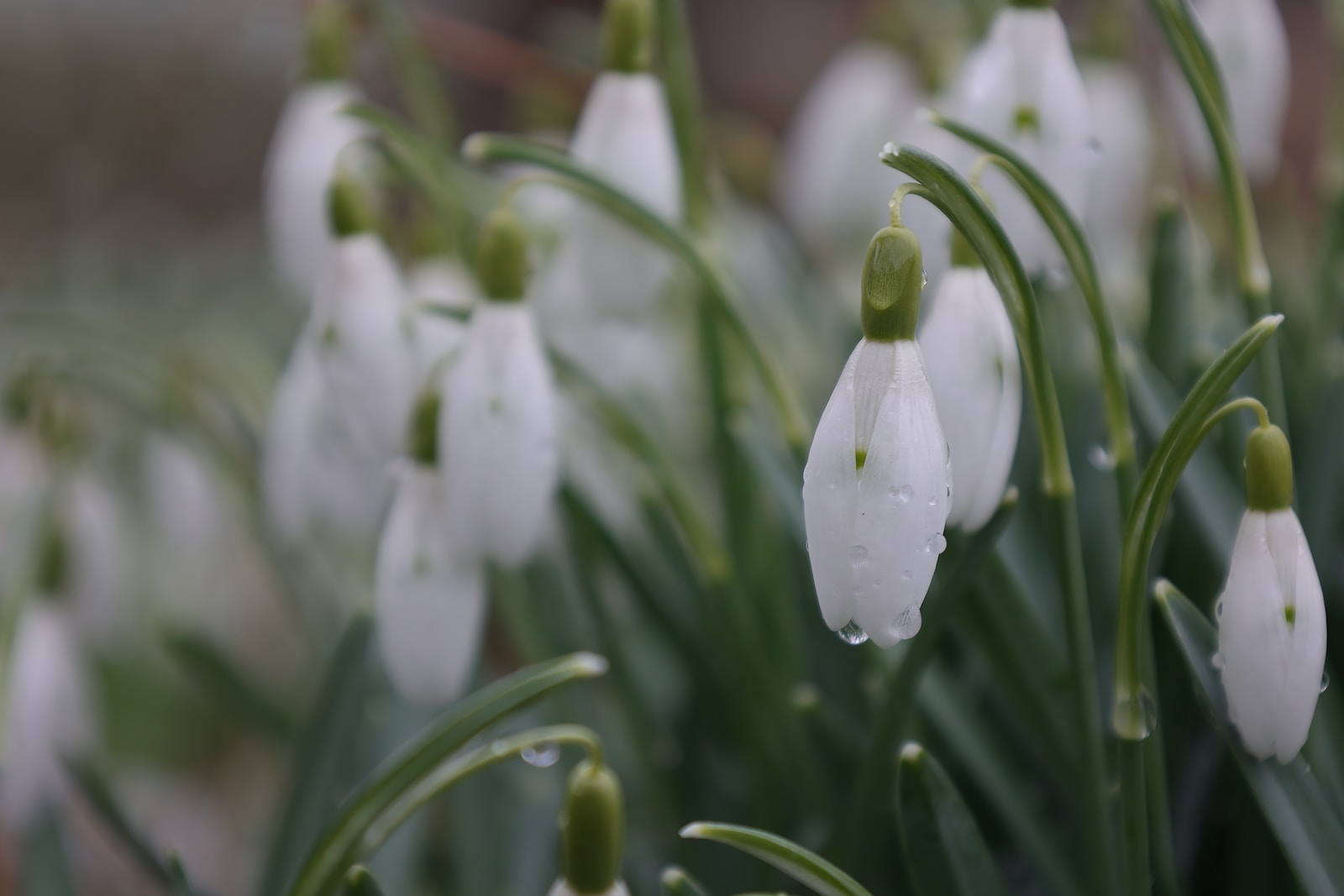
It rains
And rains
And rains.
But there is a sky above the rain,
Nothing can rot the sky.
Earth has turned to mud. What of it?
The heart of the planet is made of fire, of ardent sun”
– Visar Ziti
Writing in the middle of January, and waking up to another day of torrential rain, I ask myself: ‘is all this rain a good or bad thing for the garden?’; below are my thoughts on this.
Excessive rain is undoubtedly detrimental to some plants: heavy rain can break stems and some plants will simply rot, particularly those which love dry, well-drained soil. Lavender, artemisia, lamb’s ears and dianthus have little tolerance for wet soil and can die after just a day or two of sogginess. (This could happen even if I add gravel to help with drainage). There are no easy remedies to this problem: choosing plants more tolerant of wet conditions is one solution: three robust alternatives are lily-of the valley, forget-me-not and the red Siberian dogwood.
Lots of rain is also a challenge to the gardener as the necessary clothing – jackets, trousers, boots, gloves, hats etc. can impair mobility and subtle awareness. Listening to and observing nature, particularly birds, is for me an enjoyable and important part of gardening as I sometimes receive helpful thoughts from feeling into the space around me, challenging when closed off against the weather. And when I get out in the garden, fully protected against the elements, there are some areas where I just cannot work – beds and parts of meadows that don’t fully drain – working here will compact the soil too much, leading to loss of soil structure, reduced aeration, reduced microbial activity, and hence reduced life. The only solution is to get off the soil and wait for drier days.
However, there are positive aspects too. Last Summer was dry and hot, and groundwater levels dropped from the drought, leading to a hosepipe ban and dying plants. Clearly, the season of heavy rain now will help fill the reservoirs, as well as our own ponds and garden rainwater collection systems.
Secondly, if I can’t work on beds during the Winter, maybe I should redesign the garden for minimal winter attention? This could mean increasing ground cover plants and adding mulch in Autumn, both reducing weeds and preventing topsoil loss, a real danger with heavy rain on bare soil. (Pruning is less easy to time well – cutting herbaceous plants in early Autumn does reduce soil compaction and rain damage, but there is a cost: less standing dead material for birds, insects and also for displaying winter frost. Choosing the ‘right’ moment to prune is therefore, an ongoing question for me…)
Thirdly, and perhaps most subtle is that I might need to change my attitude to rain. Wet weather is often referred to as ‘bad’ and dry weather as ‘good’, but I wonder if this is helpful? Humans are 70% water, and this element is an important carrier of life in us and in nature. Without water we would soon die, so maybe experiencing lots of rain is a wake-up call for me to change my attitude to ‘bad weather’? In the last few years some inspiring movement practices have been developed to help with this – often involving simple gestures such as creating a circle with my arms above and around my body and moving this in a gentle, flowing and repetitive way, accompanied by simple spoken phrases. These exercises are really helpful to find an inner meditative connection to water, one that transcends ‘good’ and ‘bad’; I offer such exercises in my nature connection courses, please see here for further details.
“Water is the driving force in nature.” – Leonardo da Vinci

